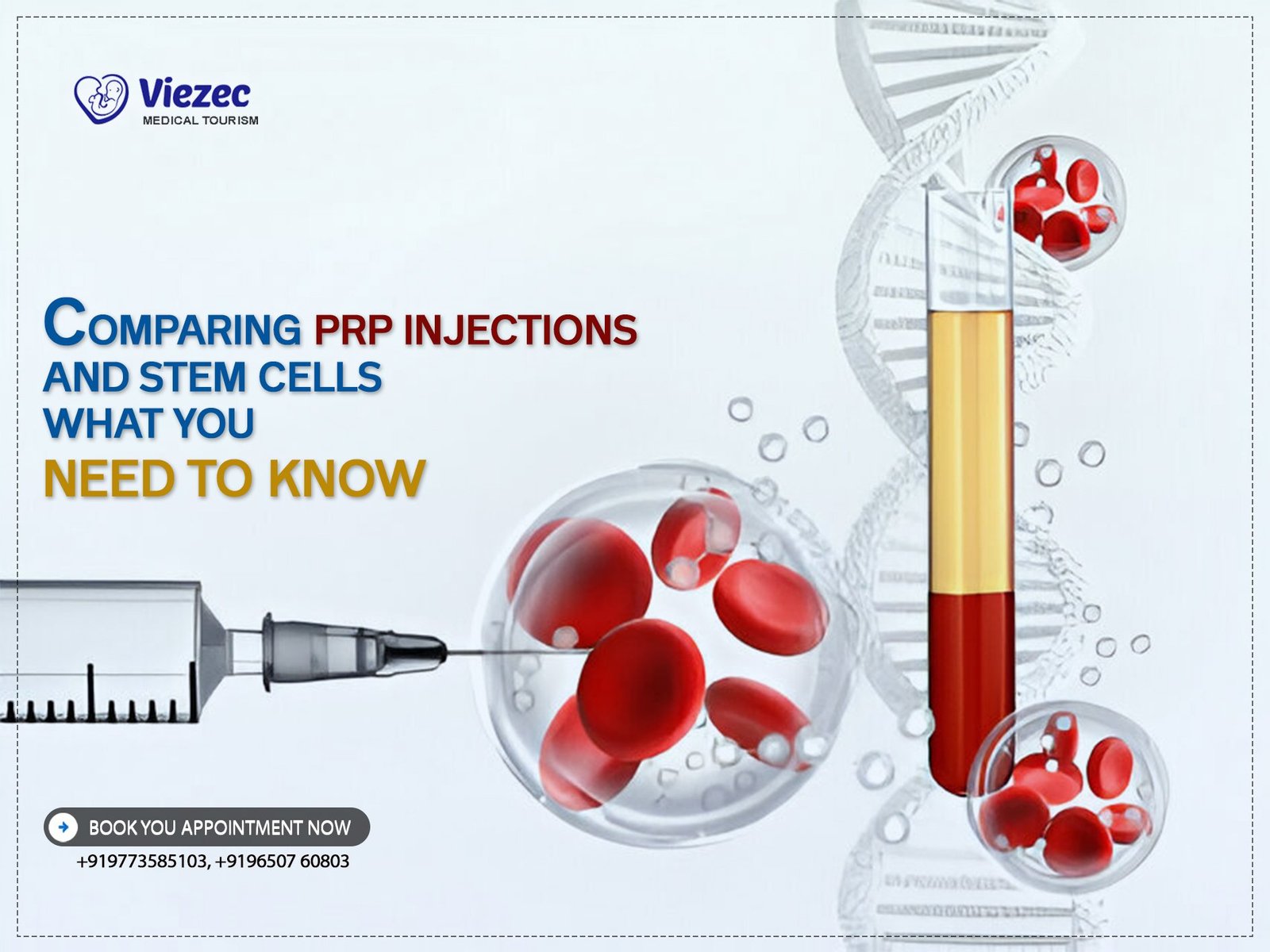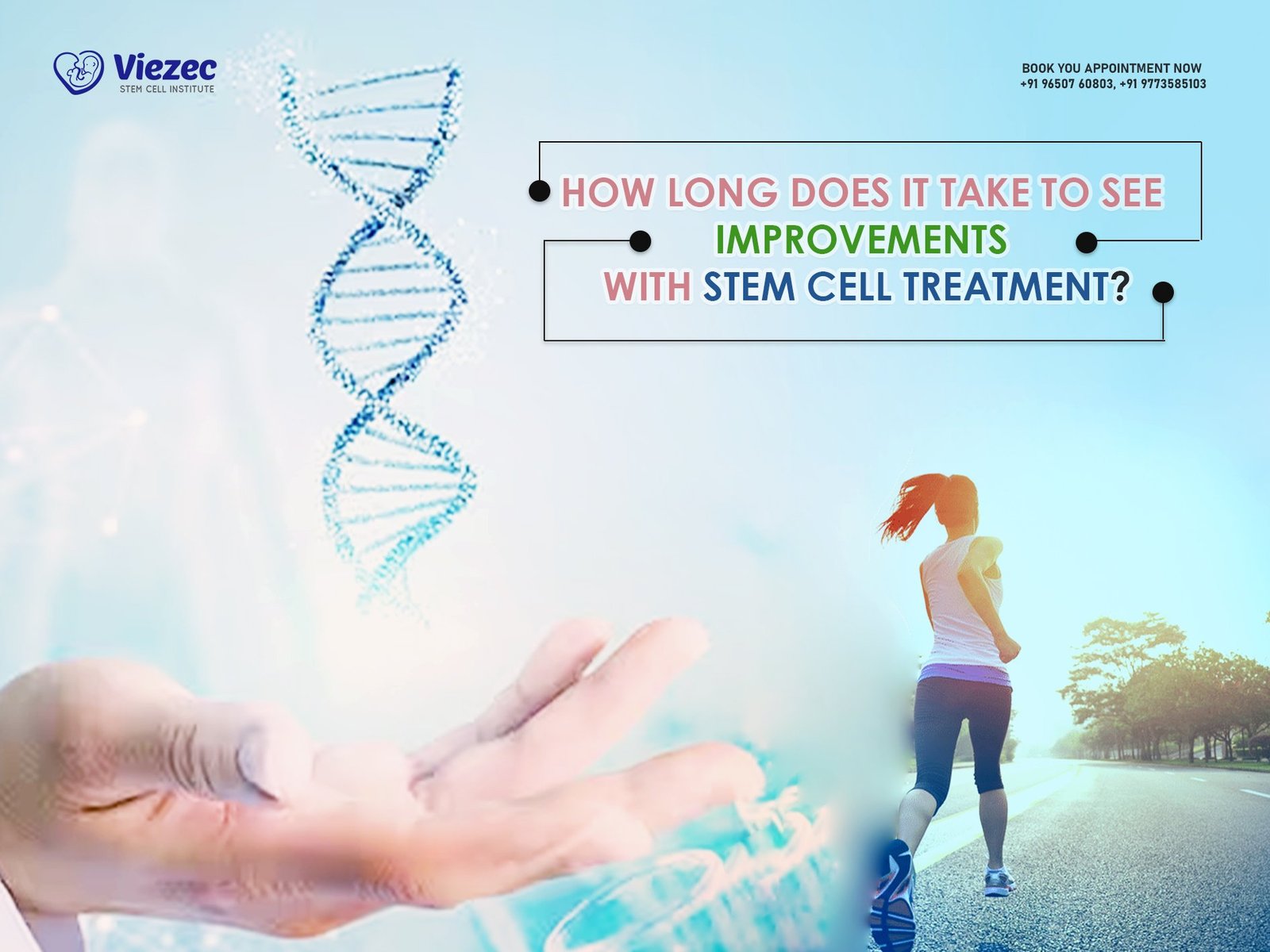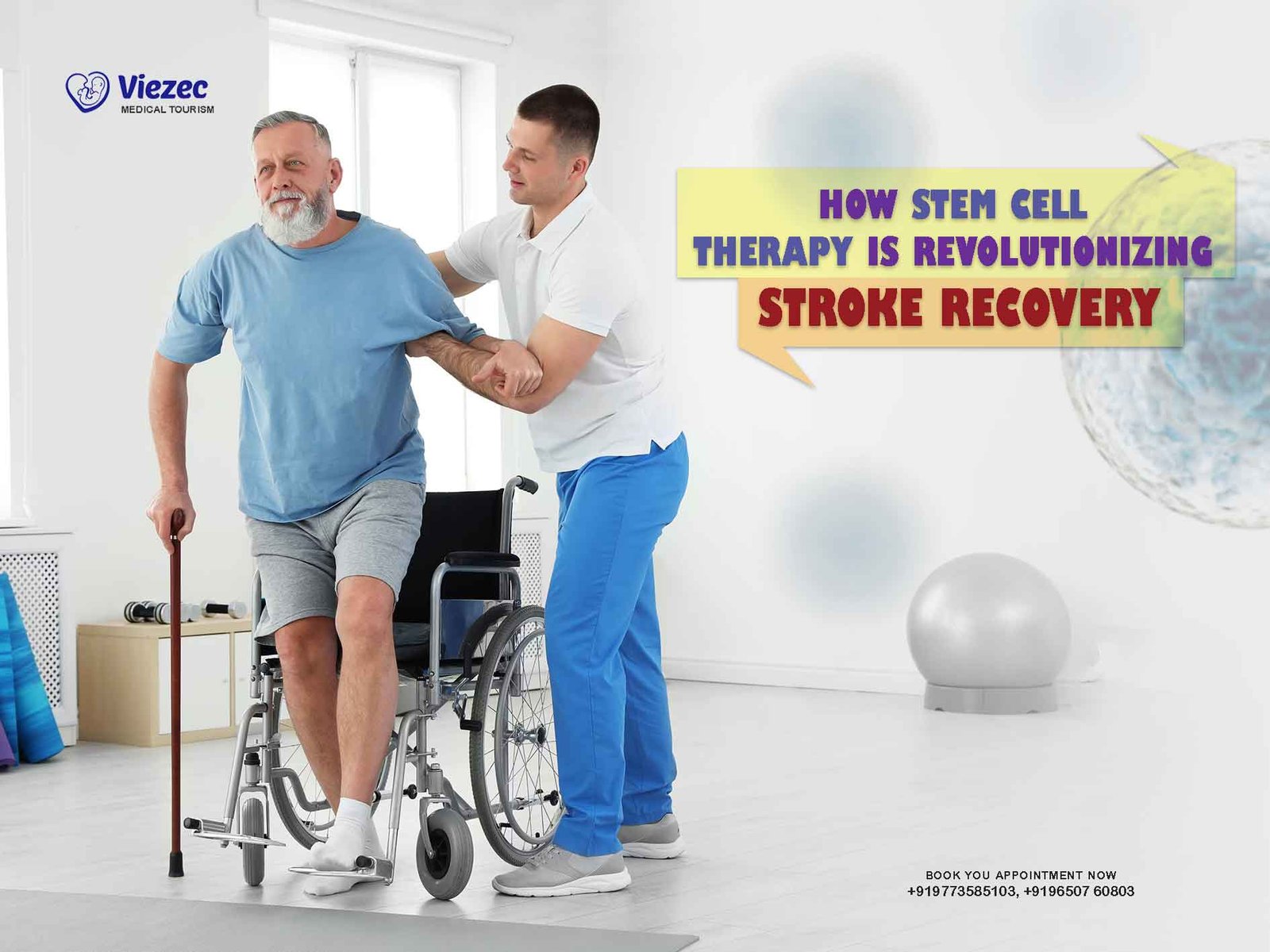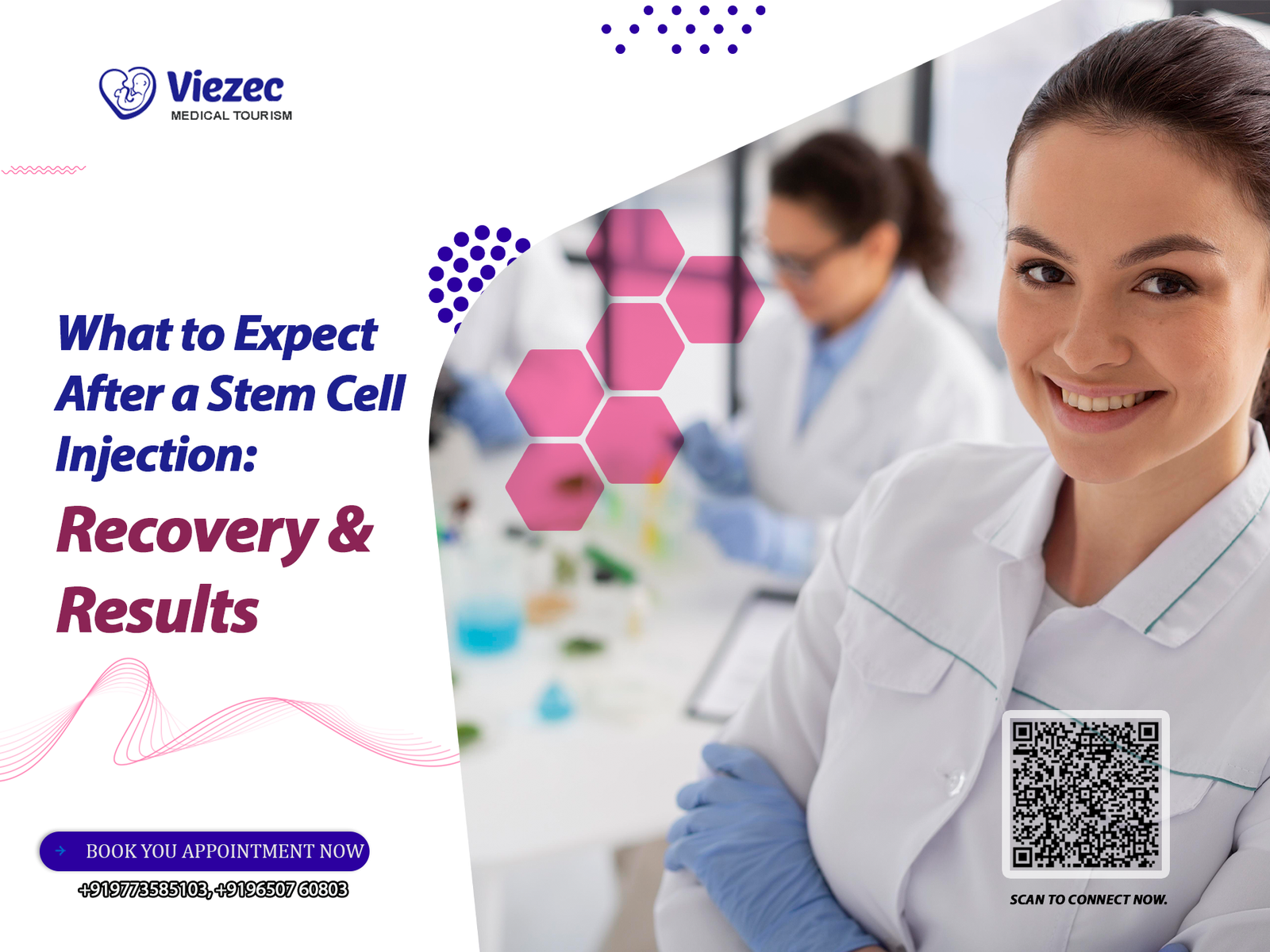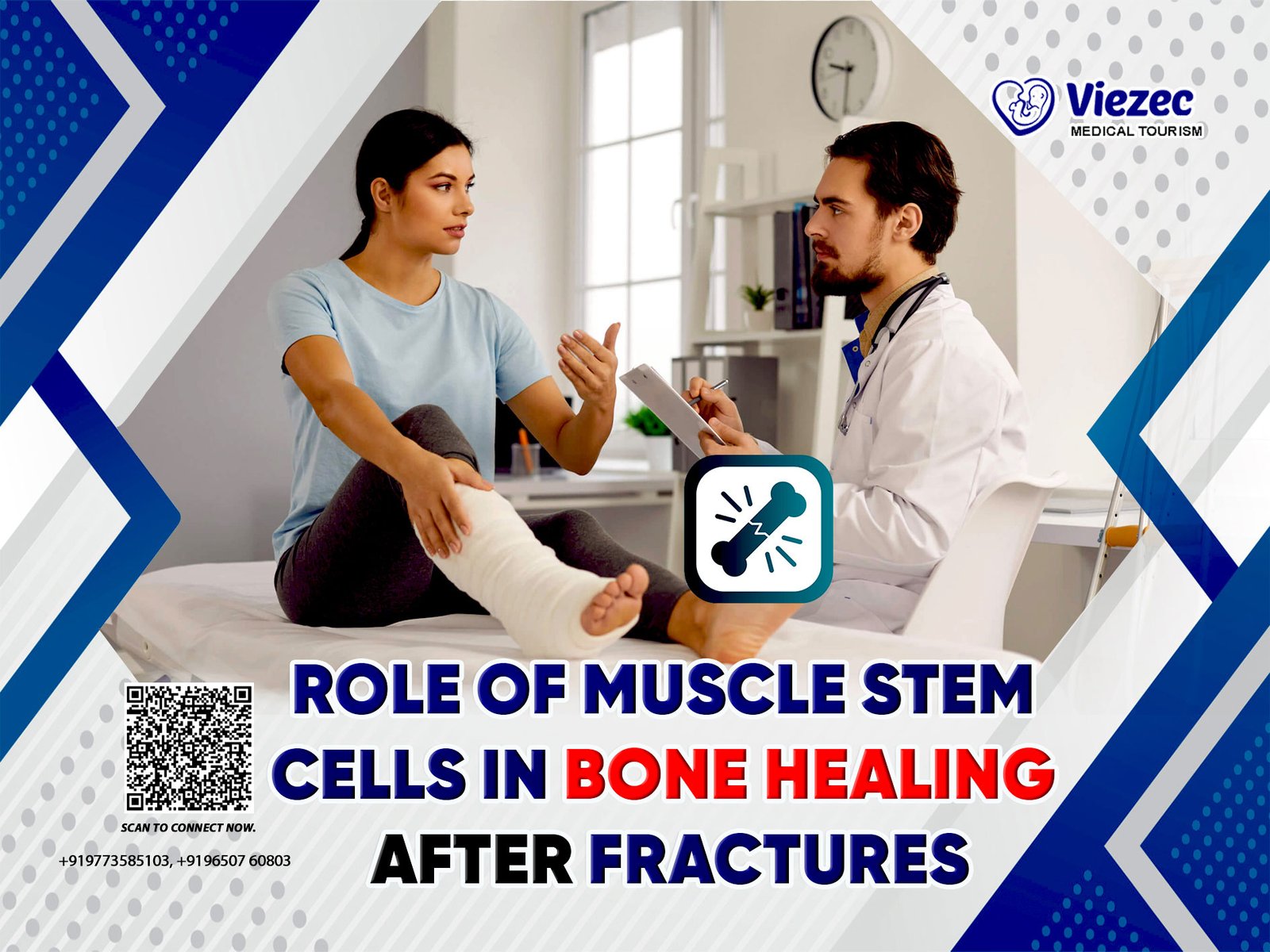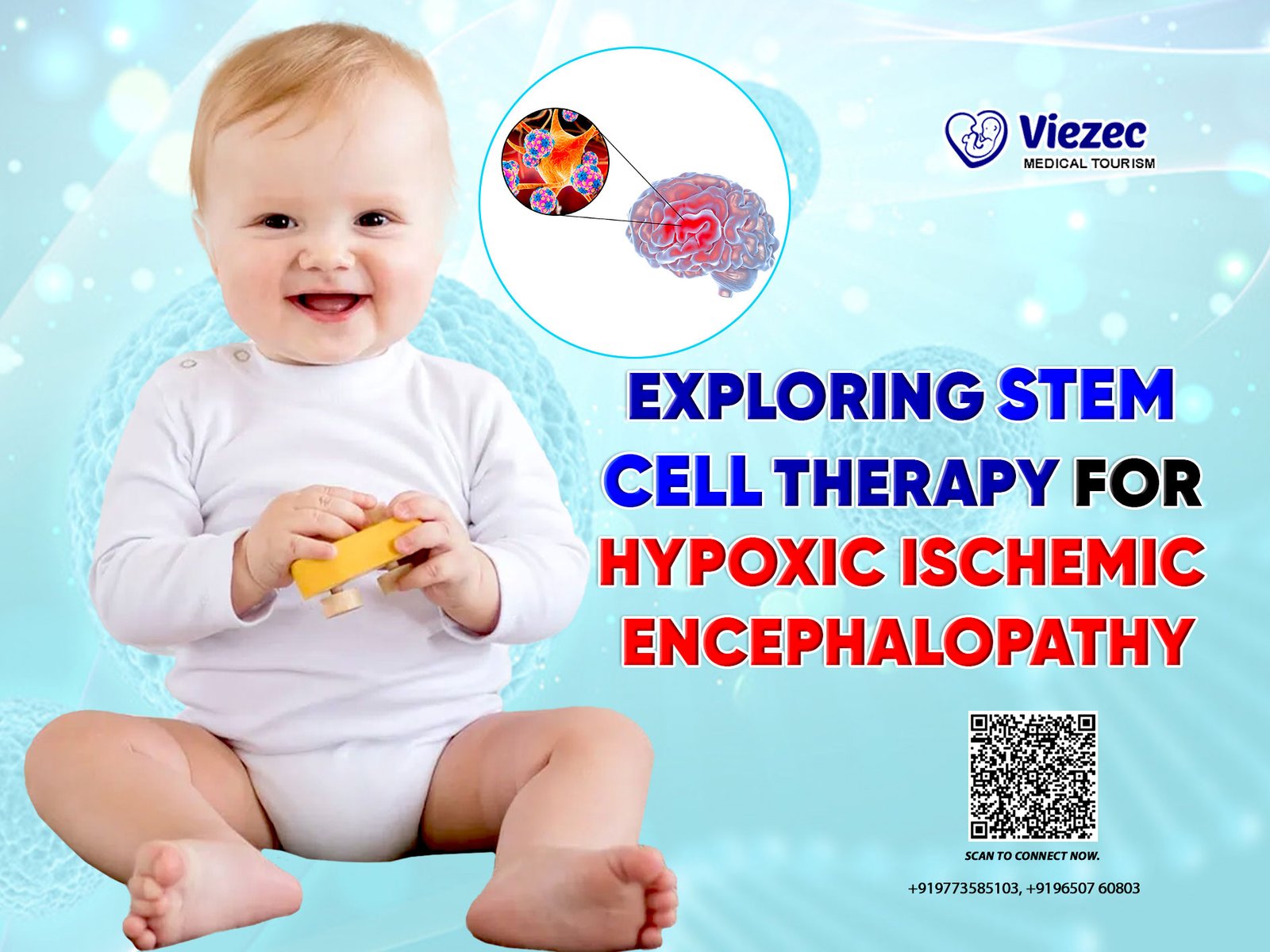Regenerative medicine has revolutionized treatment options for various medical conditions, offering alternatives to traditional therapies. Among these advancements, Platelet-Rich Plasma (PRP) injections and Stem Cell Therapy stand out for their potential in tissue repair and regeneration.
Overview of PRP Injections and Stem Cell Therapy
PRP injections involve isolating and concentrating platelets from the patient’s blood, which are then injected into the injured area to stimulate healing. Stem Cell Therapy, on the other hand, uses stem cells sourced from bone marrow, adipose tissue, or umbilical cord blood, capable of differentiating into various cell types for tissue repair.
Importance of Regenerative Medicine in Modern Healthcare
These therapies signify a shift towards personalized and minimally invasive treatments, aiming to enhance recovery outcomes and improve patient quality of life.
Mechanism of Action
Understanding how PRP and stem cells work is crucial to assessing their therapeutic potential.
PRP Injections
Composition and Preparation
PRP is prepared by centrifuging the patient’s blood to separate plasma enriched with platelets. This plasma contains growth factors and cytokines that promote healing.
Mechanism of Tissue Repair
Upon injection, PRP releases growth factors that stimulate cellular proliferation, angiogenesis, and matrix formation, accelerating tissue repair processes.
Stem Cells
Types of Stem Cells Used
Mesenchymal stem cells (MSCs) are commonly used due to their ability to differentiate into bone, cartilage, and muscle cells, among others.
Differentiation and Regeneration Potential
Stem cells integrate into damaged tissues, promoting regeneration through paracrine signaling, immunomodulation, and direct differentiation into required cell types.
Efficacy in Treating Medical Conditions
Both PRP and stem cell therapies have demonstrated effectiveness in various medical conditions, particularly within specific domains.
PRP Injections
Orthopedic Conditions
PRP injections show promise in treating osteoarthritis and tendon injuries by reducing inflammation and promoting tissue repair.
Soft Tissue Injuries
In cases of ligament and muscle injuries, PRP injections facilitate faster healing and recovery compared to conventional treatments.
Stem Cells
Neurological Disorders
Stem cell therapy holds potential for neurodegenerative diseases like Parkinson’s and Alzheimer’s, aiming to replace damaged neurons and restore function.
Chronic Diseases
In conditions such as diabetes and cardiovascular diseases, stem cell therapy targets tissue regeneration and functional restoration.
Clinical Applications and Research Findings
Scientific research and clinical trials provide insights into the efficacy and safety profiles of PRP and stem cell therapies.
PRP Injections
Case Studies and Clinical Trials
Clinical evidence supports the use of PRP in orthopedic and aesthetic treatments, showing significant improvements in patient outcomes.
Success Rates and Long-term Effects
Long-term studies indicate sustained benefits of PRP injections with minimal adverse effects, making it a viable treatment option for chronic conditions.
Stem Cells
Breakthroughs in Research
Recent studies highlight breakthroughs in stem cell research, including advancements in cell culturing techniques and targeted therapies.
Ethical and Safety Considerations
Ethical guidelines and safety protocols ensure responsible use of stem cell therapies, addressing concerns regarding tumor formation and immune rejection.
Cost and Accessibility
Accessibility and affordability play critical roles in determining the widespread adoption of regenerative therapies.
PRP Injections
Affordability and Insurance Coverage
PRP injections are generally more affordable than stem cell therapies and may be covered by insurance for certain medical indications.
Availability in Healthcare Facilities
Most healthcare facilities offer PRP injections as outpatient procedures, enhancing accessibility for patients seeking non-surgical treatments.
Stem Cells
Cost Comparison with PRP
Stem cell therapies can be costly due to extraction, processing, and administration fees, limiting access for patients without insurance coverage.
Regulatory Challenges and Access Issues
Regulatory approvals and ethical considerations influence the availability and distribution of stem cell therapies, posing challenges for widespread implementation.
Patient Considerations and Decision Making
Patients must consider various factors when choosing between PRP injections and stem cell therapies.
PRP Injections
Patient Eligibility Criteria
Candidates for PRP injections include individuals with musculoskeletal injuries or degenerative conditions responsive to growth factor stimulation.
Expectations and Recovery Period
Patients can expect gradual improvement post-injection, with recovery times varying based on the severity of the condition treated.
Stem Cells
Counseling and Informed Consent
Informed consent is essential due to the experimental nature of some stem cell therapies and the potential for unpredictable outcomes.
Potential Risks and Benefits
Understanding the risks, such as infection and immune reactions, alongside potential benefits is crucial for patient decision-making.
Future Directions and Innovations
Ongoing research aims to enhance the efficacy and applicability of both PRP and stem cell therapies.
PRP Injections
Advances in PRP Technology
Innovations in PRP formulation and delivery methods seek to optimize therapeutic outcomes and broaden treatment indications.
Integration with Other Therapies
Combining PRP with physical therapy or pharmacological interventions shows promise in enhancing recovery and long-term outcomes.
Stem Cells
Emerging Trends in Stem Cell Research
Emerging trends focus on precision medicine approaches, tailoring stem cell therapies to individual genetic profiles and disease characteristics.
Prospects for Personalized Medicine
Advancements in stem cell research pave the way for personalized medicine, offering targeted therapies based on patient-specific needs and genetic makeup.
FAQs
1. Are PRP injections and stem cell therapies covered by insurance?
Both PRP injections and stem cell therapies may be covered by insurance for specific medical conditions, but coverage varies widely depending on the insurer and policy terms.
2. How long does it take to see results from PRP injections and stem cell therapy?
Results from PRP injections can typically be seen within a few weeks to months, whereas stem cell therapy may require longer for noticeable improvements, often several months to a year.
3. What are the potential risks associated with stem cell therapy?
Potential risks include infection at the injection site, immune reactions, and in rare cases, tumor formation. Patients should discuss these risks with their healthcare provider before proceeding with treatment.
4. Who is eligible for stem cell therapy?
Eligibility criteria for stem cell therapy depend on the specific condition being treated and the patient’s overall health. Candidates are usually assessed based on medical history, current health status, and the potential benefits of treatment.
To learn more about the latest advancements in regenerative medicine and explore treatment options that best suit your needs, visit our website or schedule a consultation with our healthcare experts today. Discover how PRP injections and stem cell therapies can potentially transform your health and quality of life.

